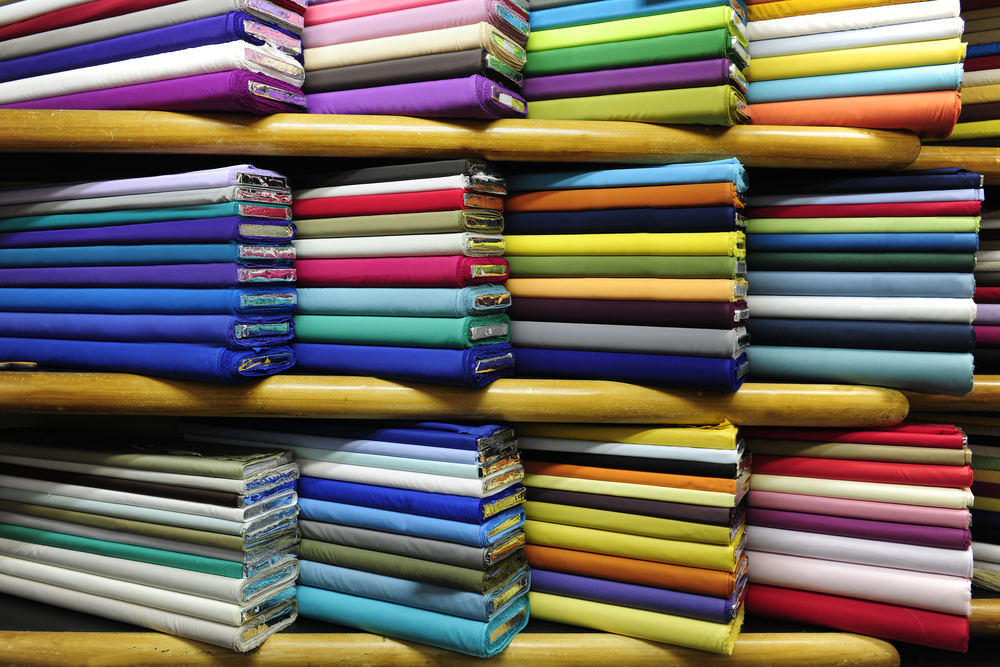If you’re involved with the healthcare or hospitality industry, you know a lot about your company’s linen services. Whether you wear a uniform everyday or order and receive linens after they’ve been laundered, you likely know a fair amount about the process. Understanding how linens are made can help your business make better choices about which materials to use and proper laundering techniques. Share on X
What is Fabric Made of?
You may think linen production is only relevant to people within the cleaning or supplies departments. However, even physicians and restaurant managers can benefit from a basic knowledge of how linens are made. It can help you make smarter business decisions that will make your visitors happy and possibly reduce costs.
Popular Fabrics
- Linen: Made from flax and considered a higher end material, linen is made by retting. This separates the fibers from the stalk by leaving them to soak, or rot, in a tank filled with water. This may take days or weeks, but after the retted stalks have been dried and pulled through a series of metal combs they are ready for spinning and weaving.
- Cotton: Once plucked from the plant, the cotton is cleaned and compacted into bales.
When the bales reach the spinning mills the fiber is converted into yarns, then weaved together to make fabric. The final stage is bleaching and washing the fabric, then the fabric is dyed or printed. - Synthetics: Synthetic fabrics include polyester, nylon, and lycra. They’re made entirely with chemicals, plastics, wood pulp or PVC. For example, polyester is derived from coal and petroleum. The exact process which the material goes through varies, though the specifications are kept secret because of competition between different companies. Synthetics are very durable compared to natural fibers.
- Mixed Materials: Many fabrics are made from mixed materials, such as cotton and polyester. This allows for the softness of cotton and the durability of polyester. Mixing is usually done at the fiber stage when the threads are spun together.
Wilkins Linen Knows Best
Learning the ins and outs of choosing, ordering, and laundering linens can be a time-consuming and confusing process. Partnering with Wilkins Linen will give you peace of mind, knowing that we take care of the quality control and care of your commercial linens.
Contact Wilkins Linen today to get your business on the right track towards quality service, care, and operations by changing the way you look at linens.







